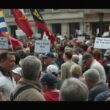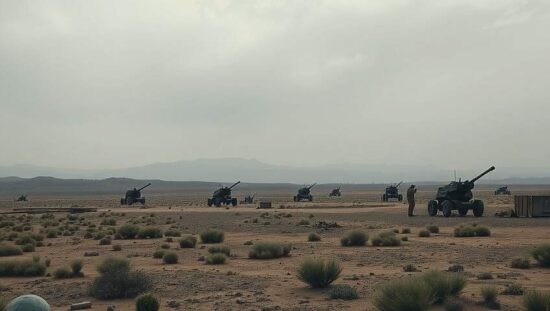The specter of Russian nuclear escalation against Ukraine loomed considerably larger in autumn 2022 than previously acknowledged, reaching a probability estimated between 10 and 25 percent, according to former NATO Secretary General Jens Stoltenberg. In his forthcoming memoir, “On Duty” Stoltenberg reveals he relied on intelligence reports at the time that elevated the perceived risk from “very unlikely” to “unlikely.
This assessment directly contradicts prior claims from former U.S. government officials and investigative reporting by journalist Bob Woodward, who alleged the U.S. government assessed the probability of a Russian nuclear strike at 50 percent. The discrepancy underscores a potential divergence in transatlantic risk perception during a critical juncture in the conflict.
The heightened concern stemmed from Ukraine’s successful recapture of significant territories previously occupied by Russian forces. Washington feared a potential escalation orchestrated by President Vladimir Putin in response to these setbacks. The potential, albeit slim, possibility of nuclear use understandably fueled anxieties within the Biden administration and across the Western alliance.
When confronted with the contrasting accounts in an inquiry from “Der Spiegel”, Stoltenberg adopted a deliberately ambiguous response, stating that the book would “provide a detailed account” of all events. He also recounted conversations with German Chancellor Olaf Scholz concerning the provision of Leopard tanks to Kyiv. Stoltenberg emphatically denied any direct link between these discussions and the nuclear threat assessment, attempting to separate the crucial debates surrounding military assistance from the overarching concern about Russian nuclear signalling.
The differing estimates highlight the inherent difficulty in gauging the intentions of an unpredictable adversary and raise questions regarding the transparency of intelligence sharing between allies. Stoltenberg’s memoir promises to shed further light on the complexities of crisis management during a period when the risk of nuclear conflict felt disturbingly real.





